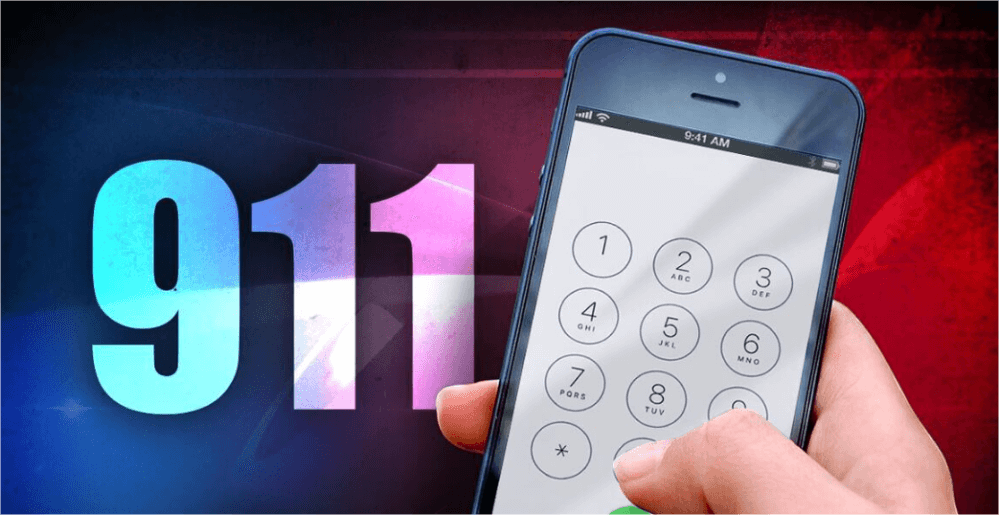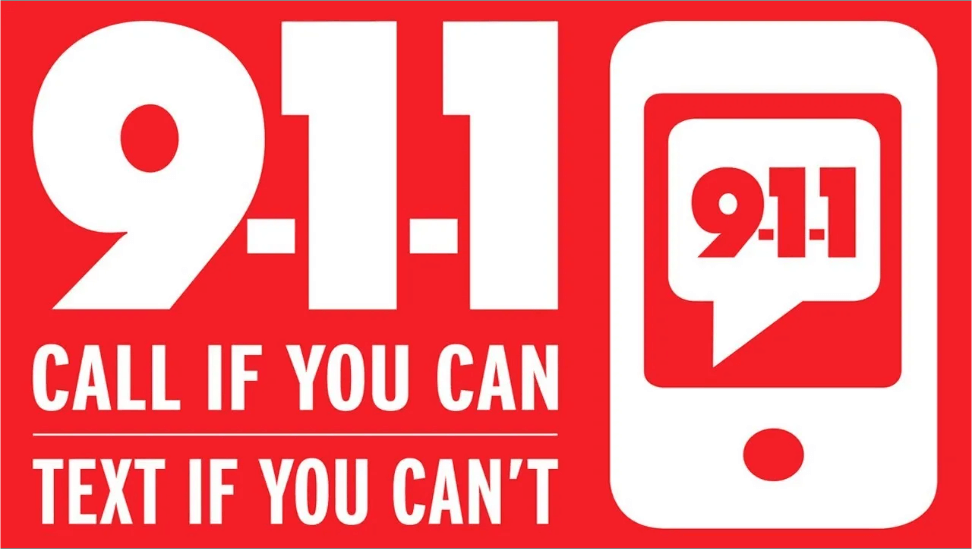📑Table of Contents:
How to Text 911 in an Emergency
Learn how to text 911 in an emergency. Learn when to use it, follow step-by-step instructions, & discover key safety tips to stay protected.

Emergencies happen when you least expect them. You might face a medical crisis, a fire, or a dangerous situation where speaking out loud isn’t safe. In these moments, calling 911 is the fastest way to get help. But what if you cannot talk? What if you’re deaf, hard of hearing, or in a situation where silence is critical? That’s where Text-to-911 comes in.
This system allows you to send a text message to 911 operators instead of calling. It is not available everywhere yet, but it is expanding across the United States. Understanding how it works could save your life or someone else’s.
What Is Text-to-911?
Text-to-911 is a service that connects people to emergency call centers using SMS text messages. Instead of speaking with a dispatcher, you type out your emergency. The system is designed for situations where calling isn’t possible.
For example:
- A person with a hearing or speech disability can use it to request help.
- Someone hiding during a break-in can stay silent but still reach emergency services.
- A person trapped in a car accident without voice capability can type a message instead.
However, you should always call if you can. Texting is slower, and dispatchers may not receive all the details they need right away.
Where Can You Use Text-to-911?
Text-to-911 isn’t yet available nationwide. Local call centers decide whether to offer it. As of now, many counties and states support it, but not all.
If you text 911 in a place where it isn’t supported, you’ll usually get an automatic reply. The message might say: “Text-to-911 is not available in this area. Please make a voice call.”
Because availability varies, it’s smart to check your local emergency management office or state website to confirm whether the service works in your area.
When Should You Text 911?
You should text 911 only when calling is not possible or safe. Here are common examples:
- If you are deaf, hard of hearing, or have a speech disability.
- If you are in a situation where speaking could put you in danger, such as a domestic violence case or active shooter scenario.
- If you cannot make noise due to a medical emergency.
- If you are unable to get a phone signal for voice but can still send texts.
Remember: Call if you can. Text if you can’t.
How to Text 911 Step by Step
When you need to text 911, follow these steps:
- Open your phone’s messaging app.
Go to your text message screen like you would for any contact. - Enter 911 in the recipient field.
Do not add area codes or special numbers. Just type 911. - Write a short, clear message.
Include your location first, then the type of emergency. Example:
“123 Main Street, Springfield. Intruder in my home. Send police.” - Answer quickly if dispatchers reply.
They may ask questions to clarify details. Respond as fast as possible. - Do not use slang or emojis.
Keep your message professional and easy to read. - Stay connected.
Don’t close the message thread until help arrives or the dispatcher says it’s okay.
Tips for Effective Texting to 911

- Always provide your exact address. GPS on texts is not always accurate.
- Keep your messages short and focused. Long messages delay response times.
- If you move locations, update the dispatcher immediately.
- Use plain English. Avoid abbreviations like “LOL” or “BTW.”
- Stay calm. Clear communication helps responders arrive faster.
Limitations of Text-to-911
While the service is valuable, it has limits. Knowing these helps you prepare better.
- Not available everywhere. Coverage is still expanding.
- No group messages. You cannot text 911 with multiple people on the thread.
- No pictures or videos. You can only send text.
- Slower response time compared to voice calls.
- Potential for delivery failures if cell service is weak.
Because of these limitations, always make a voice call if you can. Texting is the backup, not the primary method.
Safety Scenarios Where Text-to-911 Helps
Let’s look at a few real-life situations where texting is essential:
- Home Invasion: You hide quietly in a locked room. Calling would alert the intruder, so you text 911 with your address.
- School Lockdown: A student in a classroom sends a silent text to report their location.
- Car Accident: Your jaw is injured, making it impossible to talk. You use text to request an ambulance.
- Domestic Violence: Someone in an abusive household quietly reaches 911 without alerting the abuser.
In each case, the ability to text instead of call makes the difference.
How to Prepare Before an Emergency
Preparation is key. Don’t wait for a crisis to learn how to text 911. Here’s what you can do today:
- Check availability. Look up whether your city or county supports Text-to-911.
- Save your address. Know how to type it quickly.
- Teach your family. Make sure children and elderly relatives know the steps.
- Practice clear messages. Create examples like “Fire at 456 Oak Street. Second floor. Send fire department.”
These small steps reduce panic when every second counts.
The Future of Text-to-911
Technology is evolving fast. Future upgrades may allow photo or video sharing, real-time chat, and location accuracy through GPS. Some states are already testing advanced versions. Over time, Text-to-911 may become as reliable as voice calls.
Until then, it’s important to stay aware of its limits. Always remember: call first when possible. Use text when you cannot.

Final Thoughts
Emergencies don’t always give you the chance to speak. Whether you’re in danger, injured, or unable to talk, Text-to-911 could be your lifeline. By learning how to use it, you prepare yourself and your family for situations where silence is the only option.
Always remember the golden rule: Call if you can. Text if you can’t.
